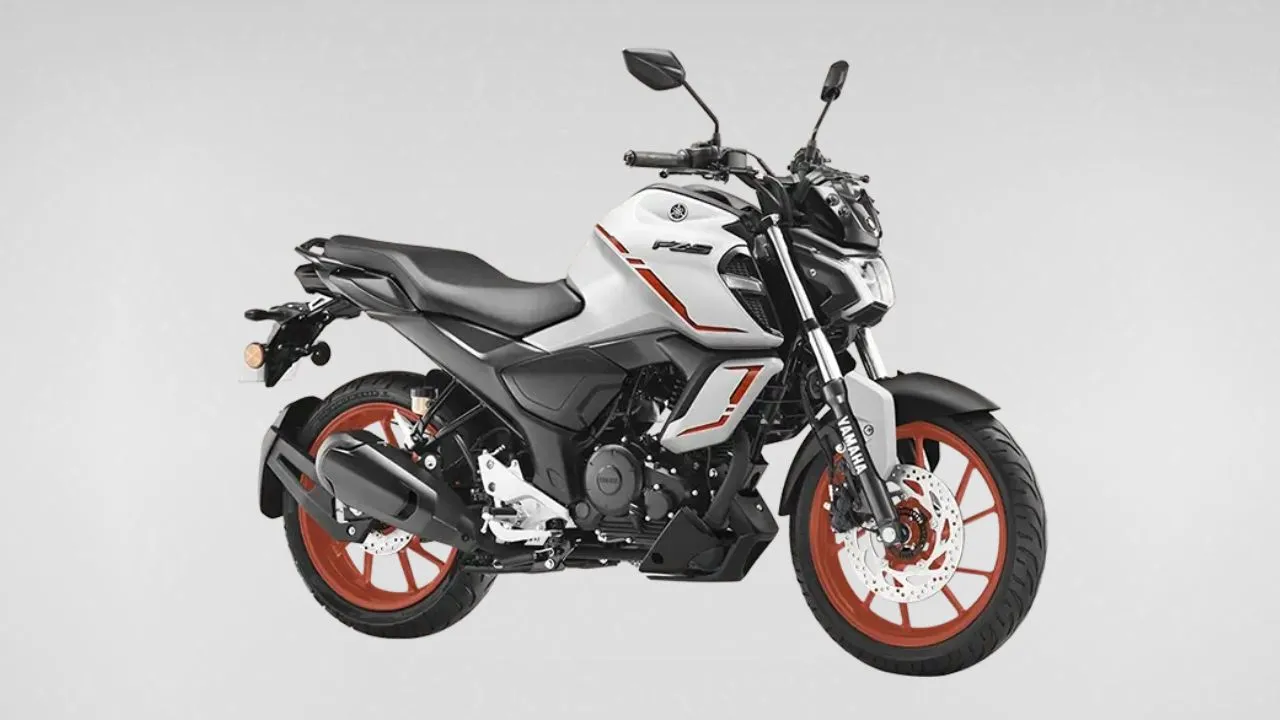Yamaha Aerox 155 vs Aprilia SXR 160: Comparison
The Italians know how to make a beautiful machine, while the Japanese know how to build it to perfection! So, here’s a showdown between a xerox copy of the Yamaha R15, the Aerox 155, and the Aprilia SR 160-based SXR 160.

The Italians know how to make a beautiful machine, while the Japanese know how to build it to perfection! So, here’s a showdown between a xerox copy of the Yamaha R15 & the Aprilia SR 160-based SXR 160.
The presence of 110cc scooters, like the Honda Activa, in the Indian market has been for over two decades now. They came like a storm and took over everything in their stride; however, on the flip side, it also means they’re a bit too commonplace, which, in turn, suggests a space for more premium offerings. And that’s where maxi-scooters step in.
But until now, the choices for maxi-scooters in the Indian market were limited to the Suzuki Burgman Street and the Aprilia SXR 160. But now, Yamaha has entered the game with the Aerox 155, expanding the choices available to customers in the segment. So, naturally, a showdown is in order between the SXR 160 and the Aerox 155, given that the Burgman is a bit stale now and is also down on power.
Show me the Money
Before we go ahead, let’s get one thing straight – these scooters are not cheap. In fact, they demand as much as similar-capacity bikes. So, here is the million-dollar question – why shouldn’t you go for a motorcycle for the same price? Well, the answer is simple – these scooters demand more, because they have more to offer, without the clutch mechanism of a bike but with nearly the same fuel efficiency.
The SXR 160 demands ₹1.27 lakh, while the Aerox 155 charges a couple of thousand more, at ₹1.29 lakh (all figures, ex-showroom). For the tiny premium it demands over the price of the SXR, the Aerox does have a bit more to offer in terms of power, space, and features. But that’s not to say it’s a clear winner, at least not until the end of this comparison.
Engine Performance
The Aerox 155 is the most powerful mass-market scooter currently on sale in India, and that’s because it’s powered by the same engine as the Yamaha R15 – a BS6 compliant 155cc single-cylinder liquid-cooled fuel-injected engine, with Yamaha’s Variable Valve Actuation (VVA) technology – but with some tweaks. This motor churns out 14.7bhp at 8,000rpm and 13.9Nm of torque at 6,500rpm.
The SXR 160, on the other hand, also gets a BS6 compliant 160cc single-cylinder fuel-injected engine, but it’s air-cooled, unlike that of the Aerox 155. This motor develops 10.7bhp at 7,100rpm and 11Nm of peak torque at 6,000rpm. Both scooters come paired with a CVT.
The on-paper mechanical differences between the two are well reflected on the road – the Yamaha Aerox seems quite ahead of its rival in terms of pace and agility. Its throttle response is very crisp – even a slight action of the wrist results in a surprising burst of power, pulling you ahead on the road with the alacrity of a jungle cat. Its high-speed stability is fantastic too – the Aerox feels planted and confident at all times. It doesn’t weave or feel unstable at speeds above 80km/h. And, around corners, it behaves just like a motorcycle!
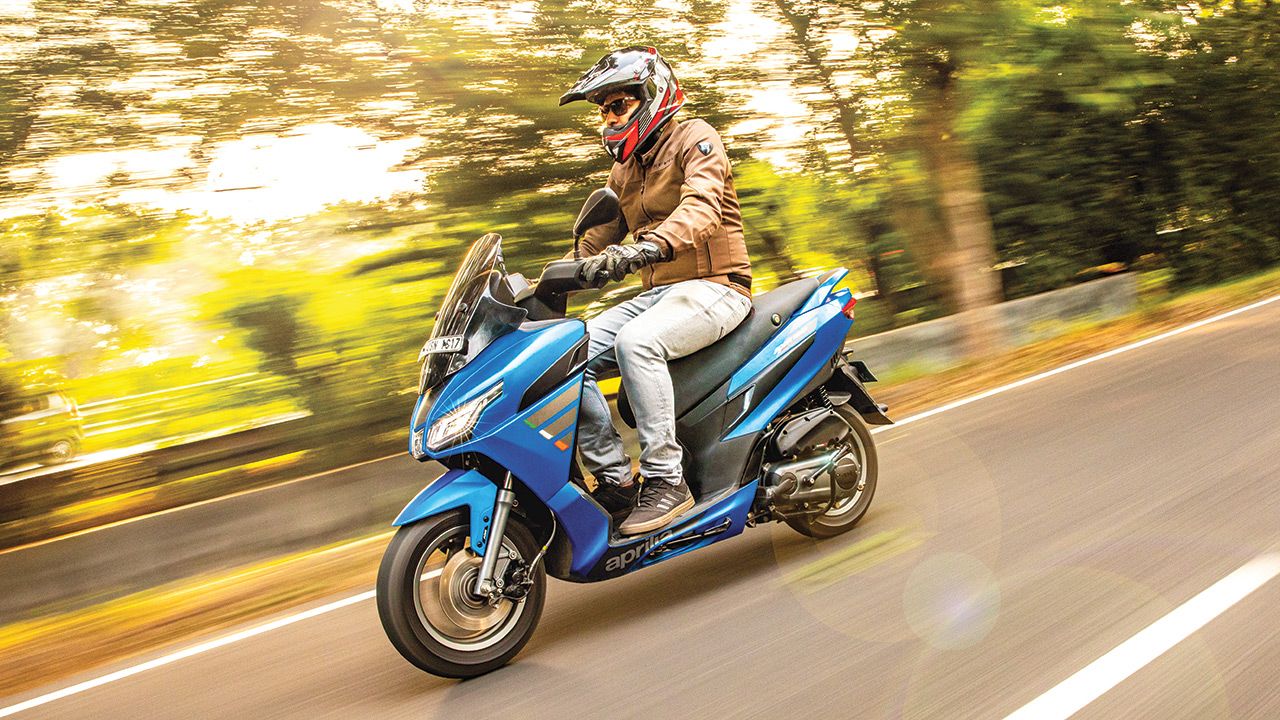
Now, if you ride the SXR after riding the Aerox, you’ll find it brisk but just not fast enough. But if you keep the speed factor aside, the power delivery here is quite admirable. It hits its sweet spot between 50 and 60km/h, and as soon you go over 80, the SXR begins to lose ground. A quick acceleration test (refer to the table on the next page) of both scooters revealed a huge difference in their performance. While the Yamaha continued unhindered even beyond 80km/h, the Aprilia was simply left in the former’s wake.
Ride Quality
The Aerox 155 gets a telescopic fork at the front and twin shock absorbers at the rear and rides on massive (for a scooter) 14-inch wheels. Its braking duties are performed by a disc brake at the front and a drum unit at the rear. The Aprilia SXR 160 also gets a telescopic front fork, but it features a single-sided shock absorber at the rear. Plus, it has comparatively smaller 12-inch wheels. For braking duties, it gets a disc brake at the front and a drum unit at the rear.
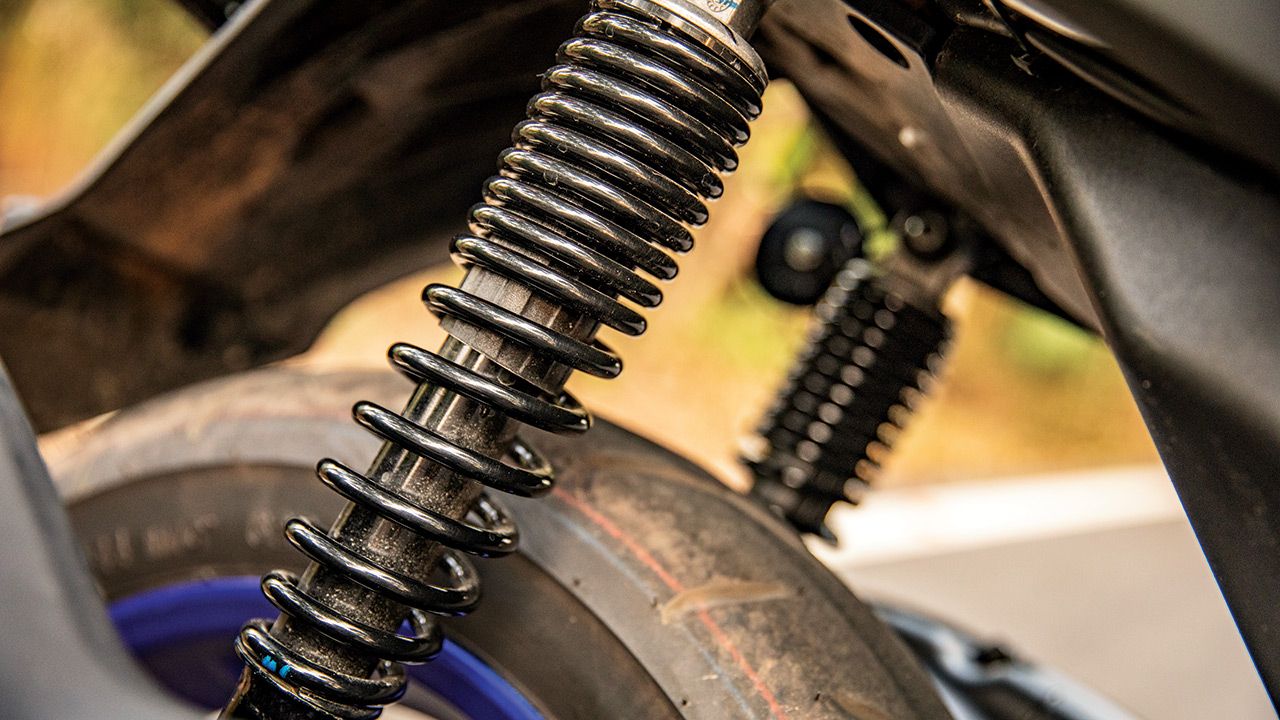
The ride quality of both scooters is quite stiff, as their suspension is on the firmer side. However, thanks to its bigger wheels, the Yamaha fares better. Also, its ride is not as jarring as that of the SXR. The Aerox 155’s braking feels very progressive – it’s strong and in control all the time. The brakes of the SXR 160, in comparison, feel quite wooden.
Both scooters come with single-channel ABS, but it’s the Aprilia’s rear wheel that starts to squirm and skid under hard braking. In its defence, I spent quite a lot of time on the Aerox first and got used to its bike-like feedback, so switching to the SXR post that felt like screaming bloody murder!
On the whole, the Aerox is more fun to ride. You might start with it for your grocery runs, but I am sure, it will soon transcend those quick trips to nearby markets, and you will find yourself wanting to go for long rides. It’s that fun!
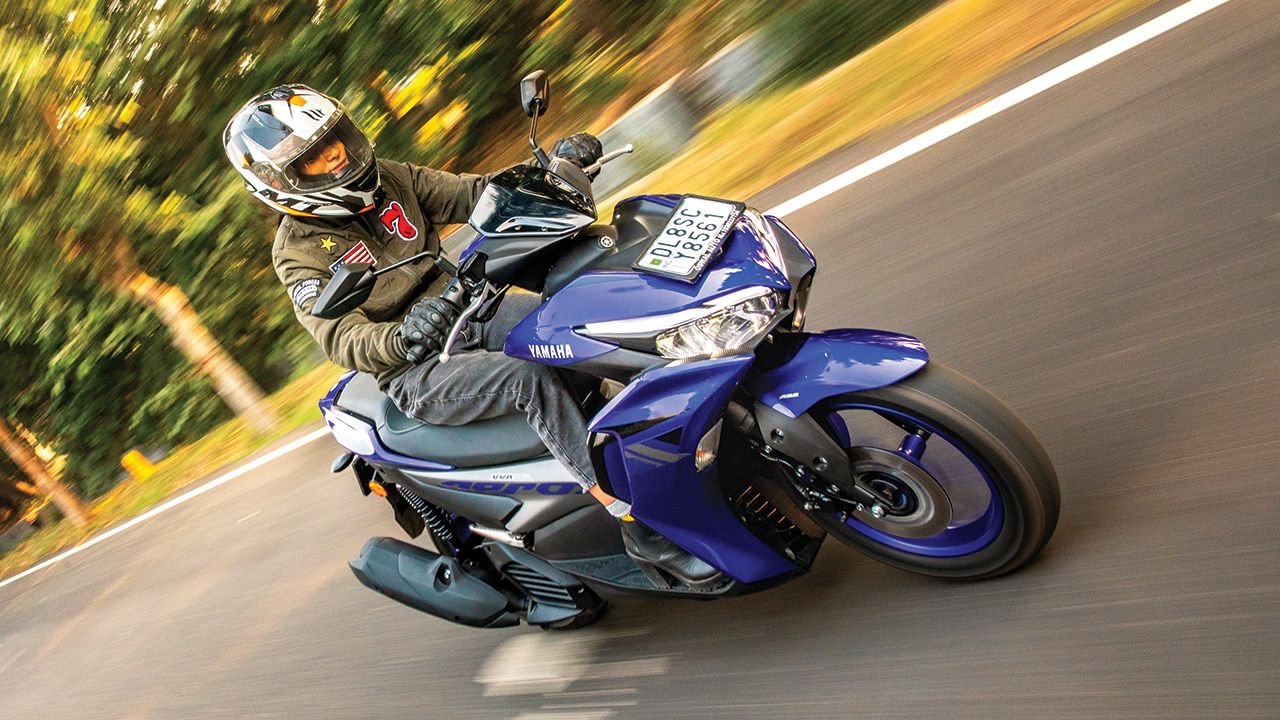
Matter of Beauty
Now, design is a matter of individual preference. So, while I think that the Japanese (Aerox) has a clear edge over the Italian, Shivank disagrees – he thinks the Aprilia looks better. Well, yes, the SXR 160 looks clean and sophisticated without being too much in your face, but the Aerox looks so edgy, at least to me. Something like a baby R15 on smaller wheels. The design is really cool and looks striking on the road, especially in the racing blue and grey vermillion colour scheme. The quality of plastic on both is more or less the same, but the overall finishing of the Aerox is a little better. However, the SXR’s matte paint job feels more premium.
The Aerox 155 is the longer of the two scooters, but the Aprilia SXR 160 is wider and taller, with a longer wheelbase and more ground clearance. At 129kgs, the SXR is also heavier by 3kgs. The Aerox gets a massive 24.5 litres of under-seat storage space, and while the Aprilia is not far behind with 21 litres of under-seat storage, you can’t fit a full-face helmet in it as you can fit in the Yamaha.
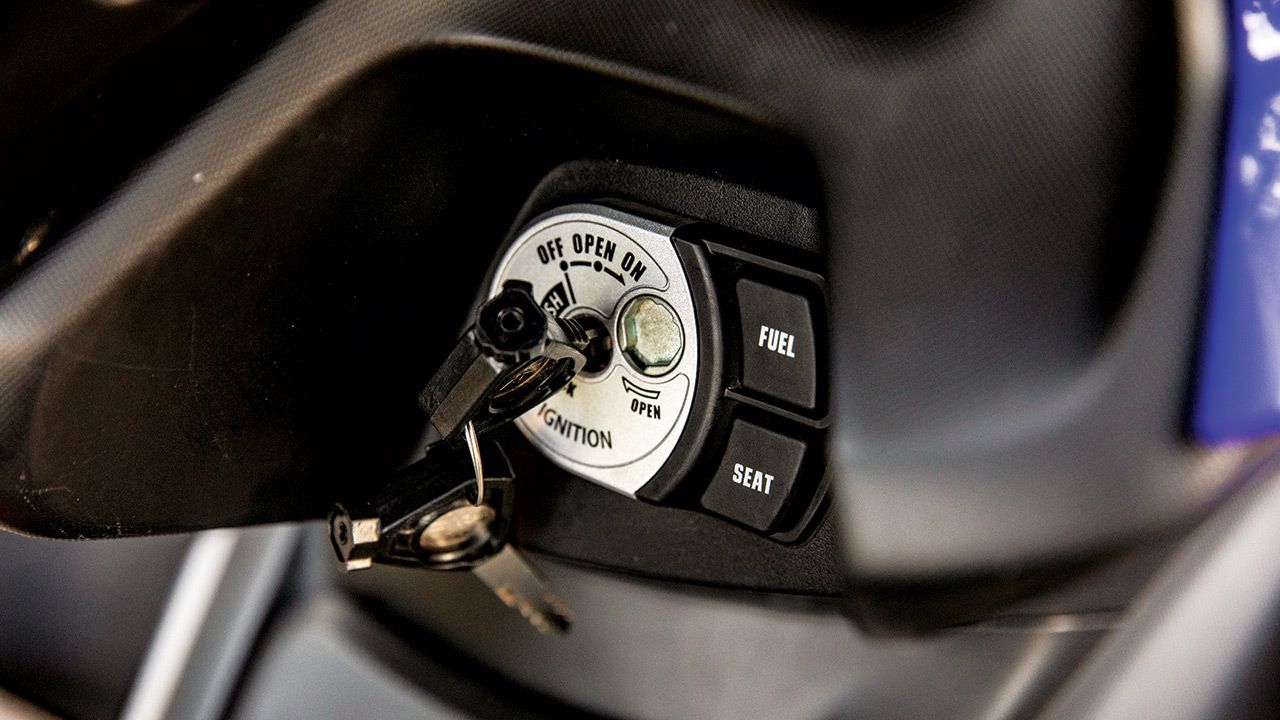
The SXR 160 gets a larger fuel tank, but it’s positioned under the seat, which means you need to get off the scooter every time you visit a fuel station. The Aerox’s tank is right under your nose, and it can be opened with a simple press of a button.
Practicality or Speed?
Both scooters get an all-digital instrument cluster, which shows a ton of information, with Bluetooth connectivity, but neither of them offers navigation. The Aerox’s has an edge over the SXR in terms of the quality of the screen. But what the Aerox gains in appeal and power, it loses in practicality. Its under-bone chassis eats into the leg space, as it doesn’t have a floorboard. It was fine for me, but a tall rider will find it a bit of a tight squeeze.
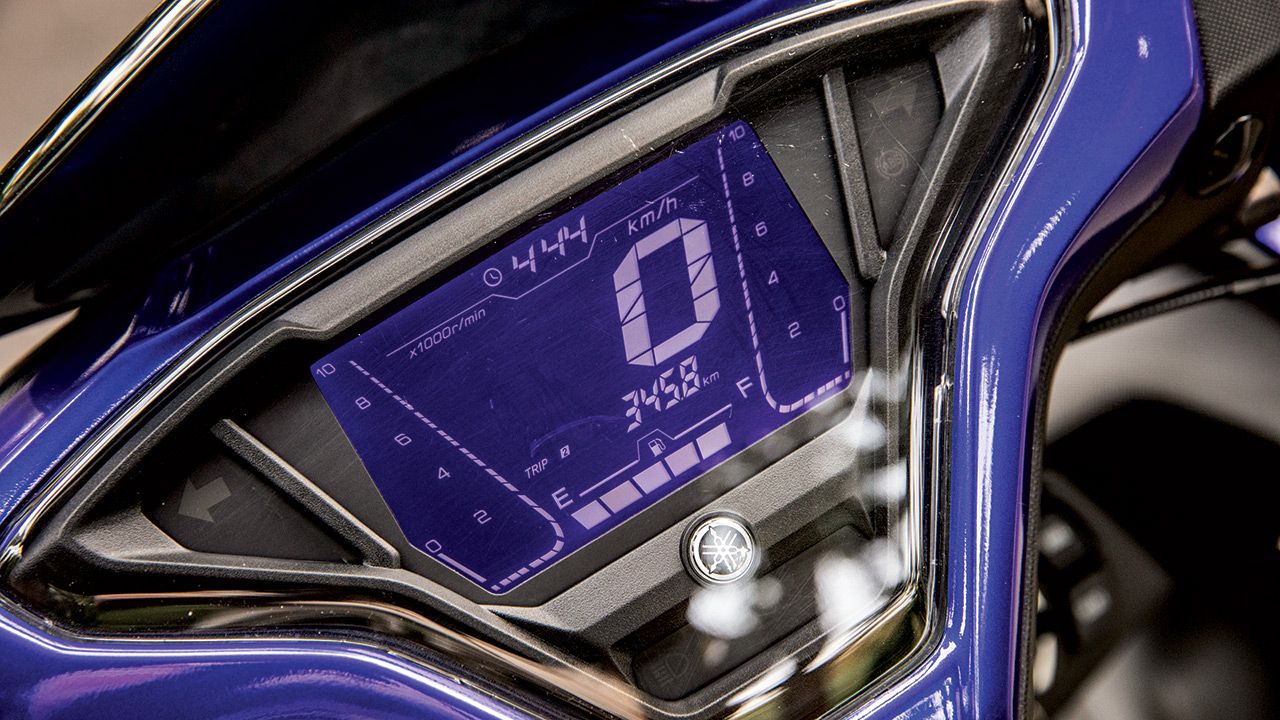
The SXR despite being a bulky scooter wins here, as it has a flat floorboard, which is quite roomy. For the pillion, the SXR offers a flatter and more supportive seat with grab rails, whereas the Aerox’s pillion seat is small, and there’s nothing to hold onto except your dear life, if and when the rider decides to go berserk.
The Aerox though gains back some points, thanks to two very cool features – automatic start-stop and a side stand engine cut-off switch, which means that the Aerox simply wouldn’t start if your side-stand is down.
Take it Home?
The Aprilia SXR 160 is a scooter for everyone, for it’s capable of withstanding almost everything you throw at it. A flat floorboard means more space for your feet and groceries, plus your mom can ride it too, for mine refused to get on the Aerox!
On the other hand, the Aerox is like a boy racer, ideal for brats going to college or anyone looking to up their cool quotient. For me, it’s all I need, and that’s why the Aerox wins this faceoff. For a tiny premium that it demands over the SXR, it offers more features and power. Add to that Yamaha’s a wider dealership network, and what you get is a cool-looking maxi-scooter, packed with explosive power and features, which will also be easier to maintain in the long run. So, if you are looking for something like that, there is no ignoring the Aerox. But whatever you choose, there is no denying that it’s time to move on to more dynamic offerings on the market, which are as good as some entry-level premium motorcycles.
Read more:
Engine: 155cc / Single-Cylinder
Transmission: CVT
Power: 14.7bhp @ 8,000rpm
Torque: 13.9Nm @ 6,500rpm
Price: ₹1.29 Lakh (Ex-Showroom)
X-Factor: It’s fun, like a motorcycle & practical like a scooter, what’s not to like?
|
Pros |
Cons
|

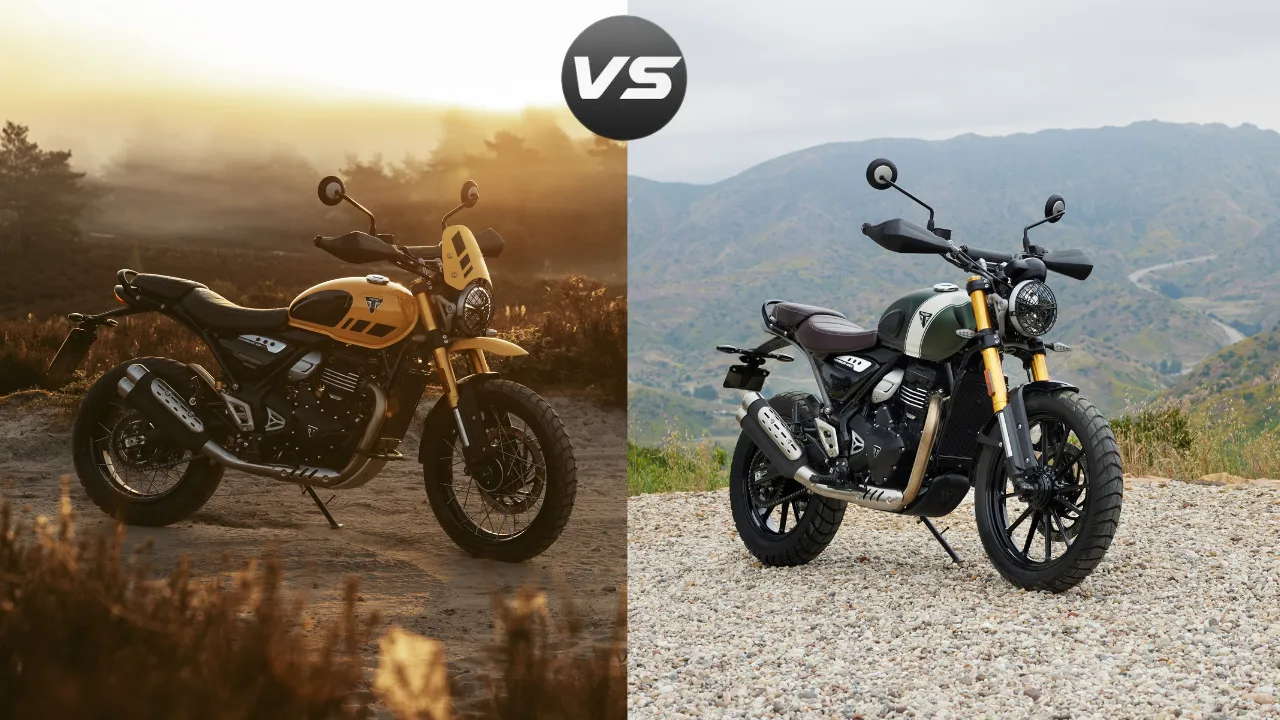
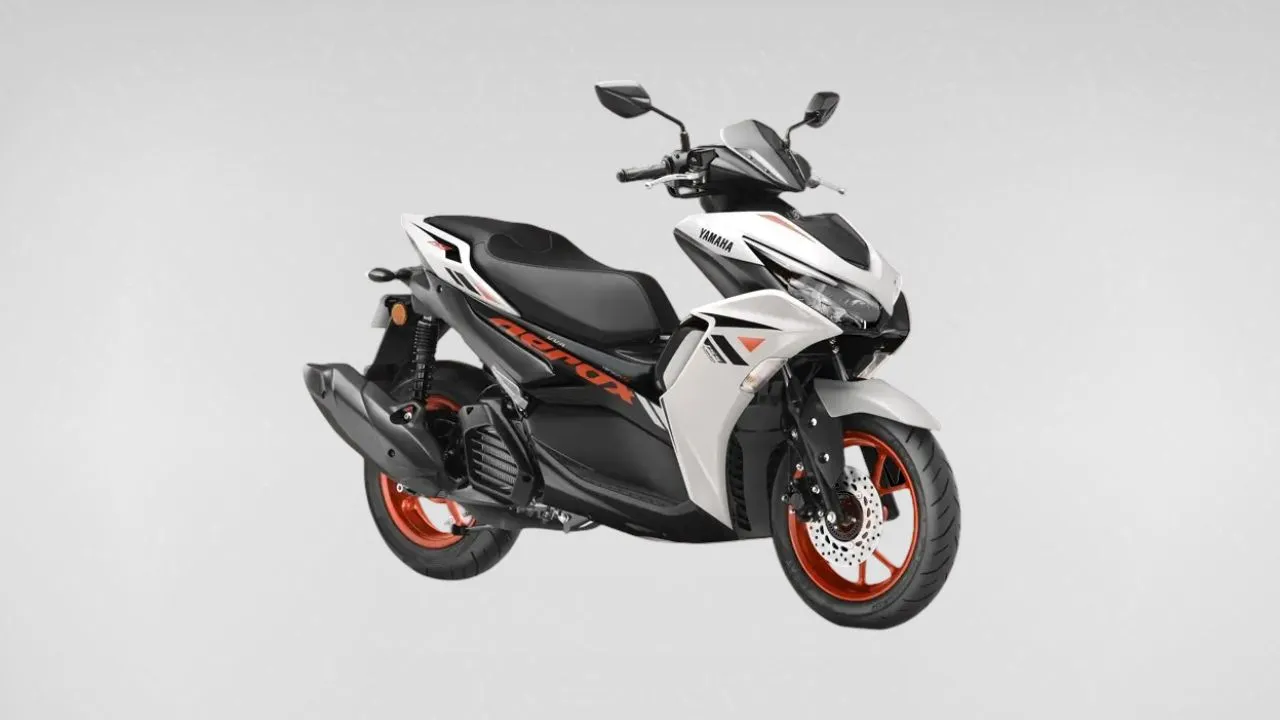
-(1).webp)
-(1).webp)
